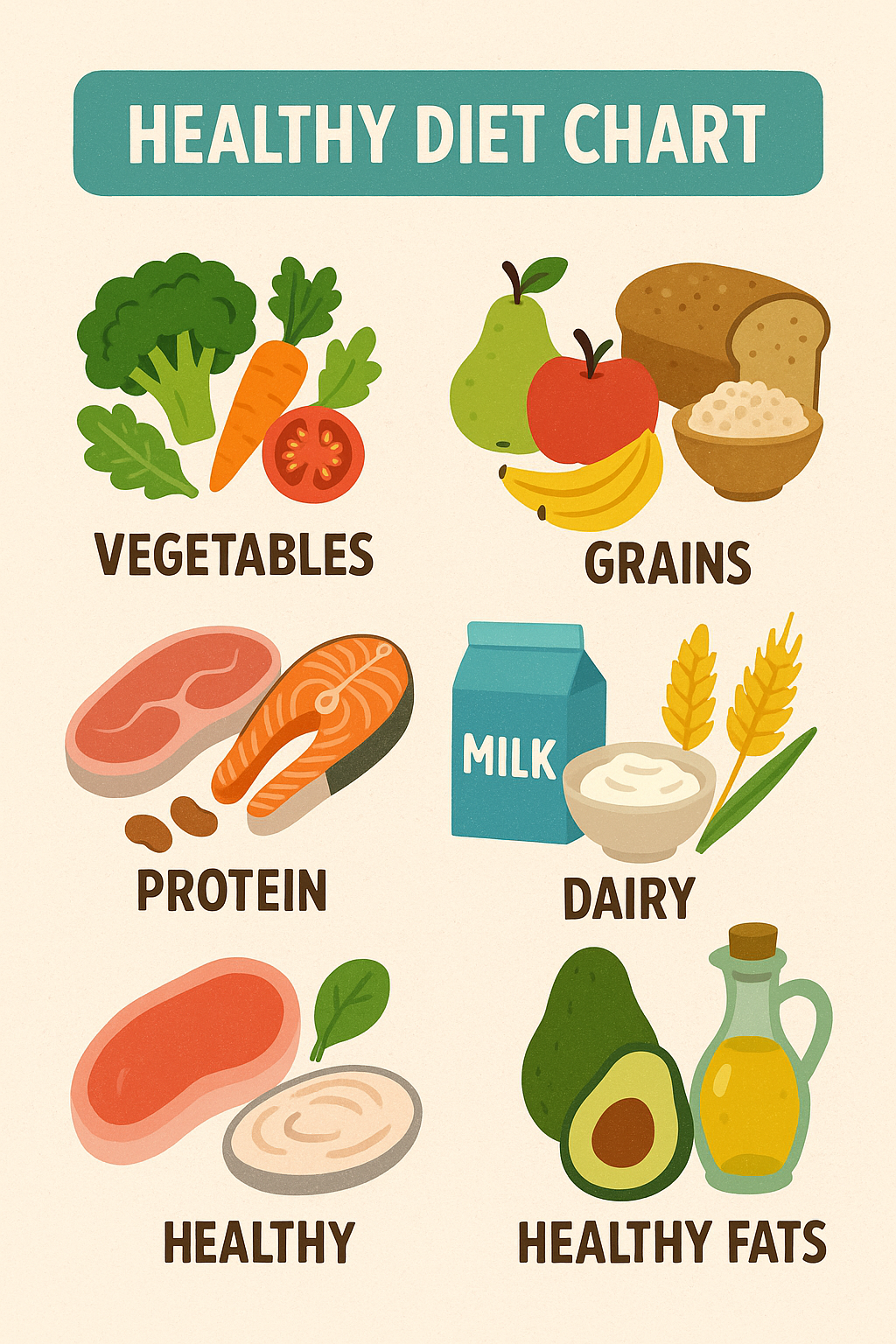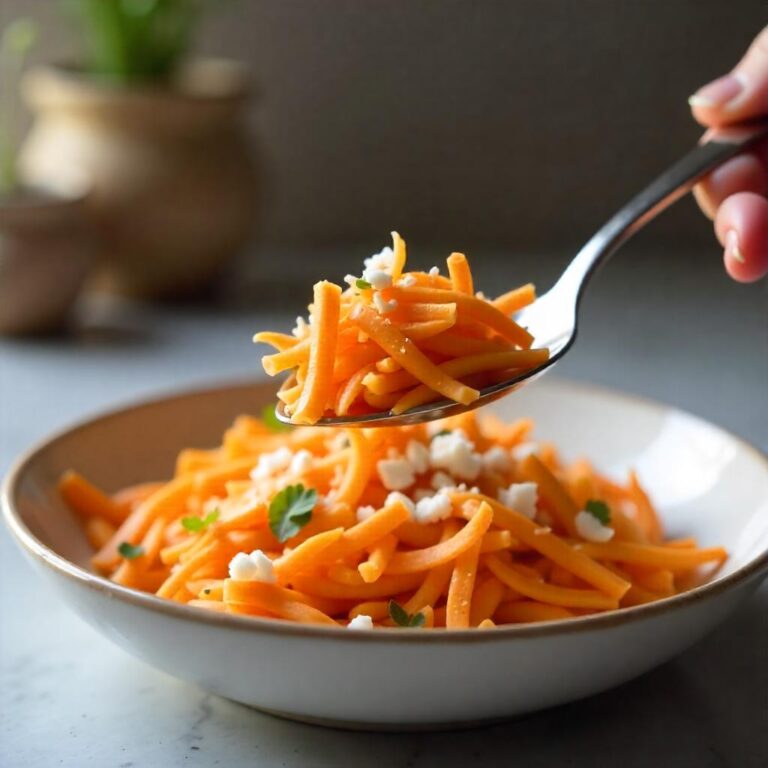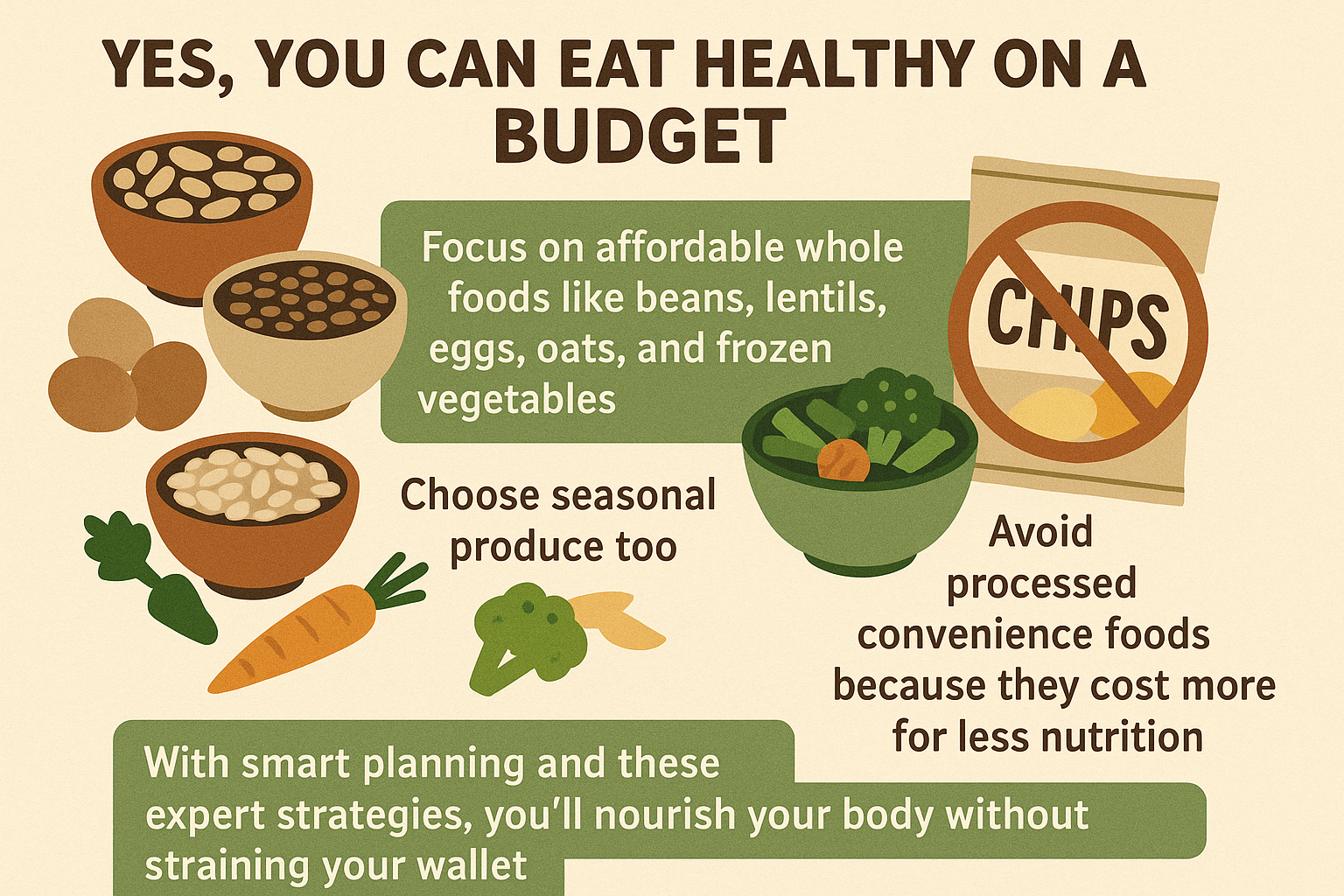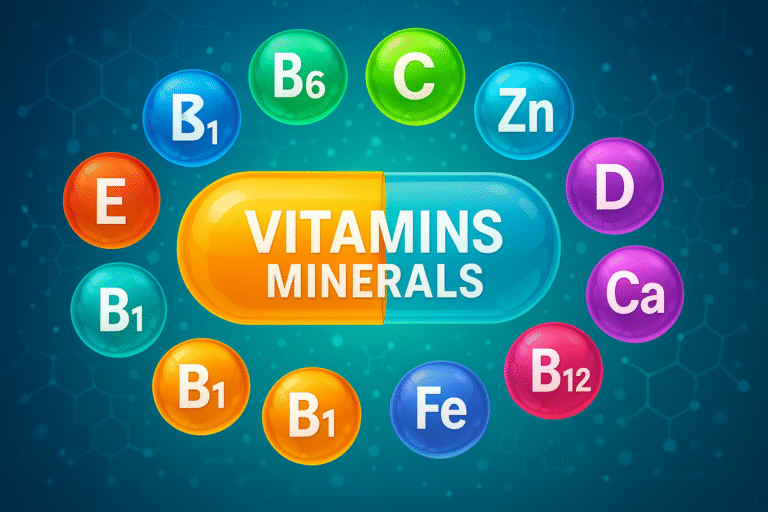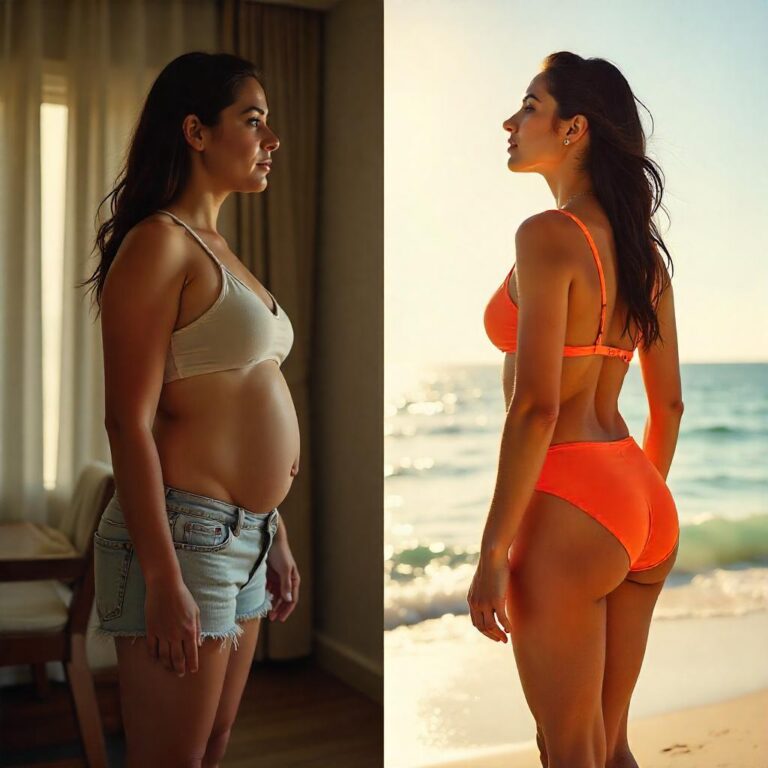Healthy Diet Chart: Your Blueprint for Optimal Nutrition
A healthy diet chart is a visual guide. It shows how to balance all food groups. These groups include proteins, carbs, fats, vitamins, and minerals. The chart helps you use the right portions. This can help you reach your health goals. These goals may be weight loss, muscle gain, or overall wellness. Let’s break down exactly how to create and follow one for lifelong results.
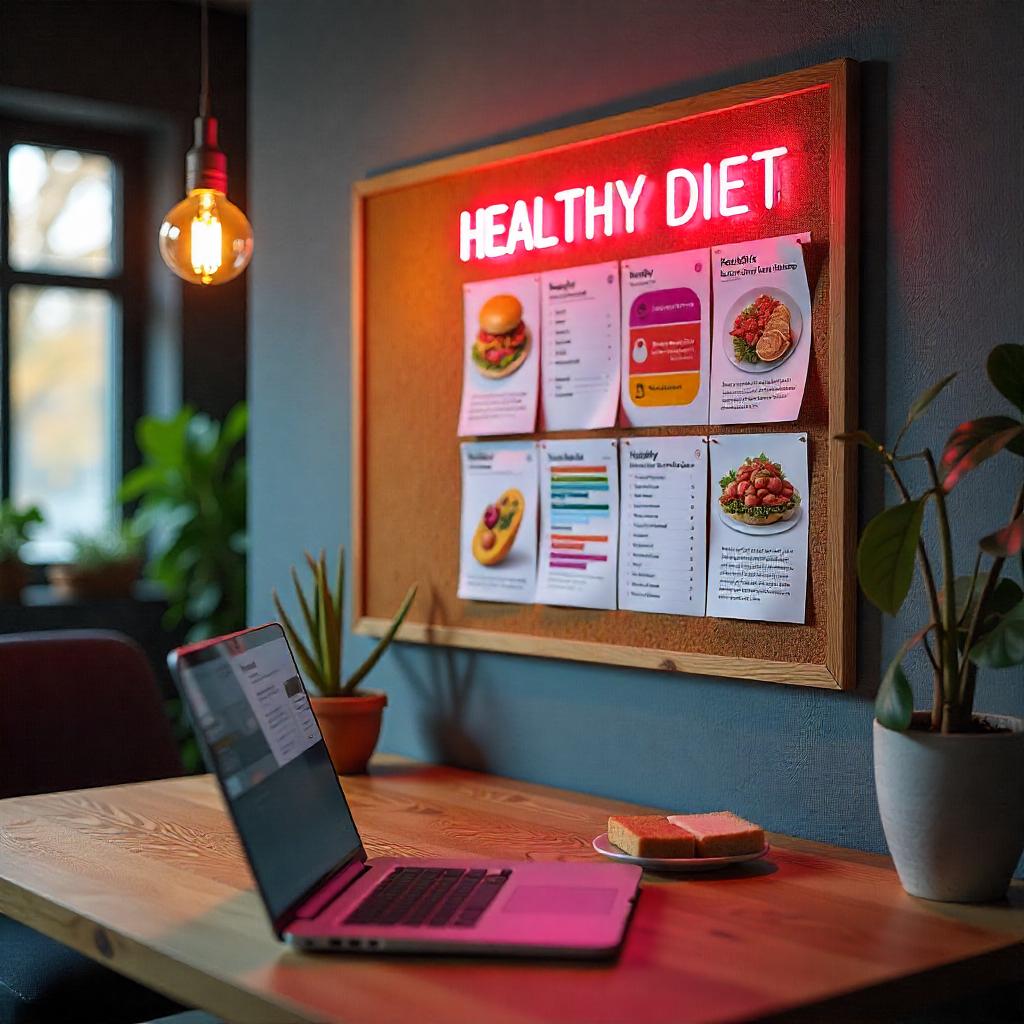
Why You Need a Healthy Food/Diet Chart
A well-structured chart helps you:
✅ Eliminate guesswork (no more “what should I eat?”)
✅ Balance nutrients (avoid over-/under-eating any food group)
✅ Track progress (measure improvements in energy, weight, etc.)
✅ Save time & money (planned meals = fewer impulse buys)
The Perfect Plate Formula (Every Meal)
| Food Group | Portion Size | Examples |
|---|---|---|
| Protein | 25% plate | Chicken, fish, tofu, lentils |
| Vegetables | 50% plate | Spinach, carrots, broccoli |
| Whole Carbs | 25% plate | Brown rice, quinoa, sweet potato |
| Healthy Fats | 1-2 tbsp | Avocado, olive oil, nuts |
Pro Tip: Use your hand to measure portions—palm (protein), fist (veggies), cupped hand (carbs), thumb (fats).
Healthy Diet Chart for Women
Tailored to female nutritional needs:
- Iron-rich foods (spinach, lentils) for menstrual health
- Calcium sources (yogurt, kale) for bone strength
- Healthy fats (salmon, flaxseeds) for hormone balance
Sample Day:
- Breakfast: Greek yogurt + berries + chia seeds
- Lunch: Grilled chicken + quinoa + roasted veggies
- Dinner: Baked salmon + sweet potato + asparagus
Balanced Diet Chart for Weight Loss
1,500-Calorie Fat-Loss Plan
| Meal | Food | Calories |
|---|---|---|
| Breakfast | 2 eggs + 1 slice whole wheat toast + ½ avocado | 350 |
| Snack | Apple + 1 tbsp peanut butter | 200 |
| Lunch | Grilled chicken salad (2 cups greens, 4 oz chicken, 1 tbsp olive oil) | 400 |
| Dinner | 5 oz shrimp + ½ cup brown rice + 1 cup broccoli | 450 |
| Dessert | ½ cup berries + ¼ cup cottage cheese | 100 |
Key: Protein at every meal keeps you full; fiber prevents cravings.
What Is a Good Healthy Diet Plan?
The 5-Pillar Checklist:
- Whole foods > processed (90/10 rule)
- Balanced macros (30% protein, 40% carbs, 30% fats)
- Hydration (½ body weight in oz of water)
- Meal timing (eat every 3-4 hours)
- Flexibility (allow 10% “fun foods”)
What Are the 10 Healthiest Foods to Eat?
Superfoods to Include Daily:
- Leafy greens (kale, spinach)
- Berries (antioxidant powerhouses)
- Salmon (omega-3s)
- Eggs (complete protein + choline)
- Nuts/seeds (healthy fats + fiber)
- Greek yogurt (probiotics + calcium)
- Sweet potatoes (vitamin A)
- Lentils (plant protein + iron)
- Avocados (heart-healthy fats)
- Quinoa (complete plant protein)
What Are the 7 Things You Need for a Healthy Diet?
- Protein (builds/repairs tissue)
- Fiber (gut health + satiety)
- Healthy fats (brain + hormone function)
- Complex carbs (energy)
- Vitamins/minerals (immune support)
- Phytonutrients (disease prevention)
- Water (cellular processes)
What Is the Ideal Diet for Health?
Science-Based Recommendations:
- Mediterranean diet (olive oil, fish, veggies)
- DASH diet (low sodium, high potassium)
- Plant-based (emphasis on whole plants)
Common Threads:
- Minimal processed foods
- Abundant vegetables
- Healthy fats
- Lean proteins
FAQs
Q: How often should I update my diet chart?
A: Every 4-6 weeks to match new goals/seasonal foods.
Q: Can I eat carbs and lose weight?
A: Yes! Focus on whole grains, fruits, and veggies—not refined carbs.
Q: Are smoothies healthy?
A: Only if balanced (add protein/veggies; avoid fruit-only sugar bombs).
Your journey to better eating starts with one smart chart—create yours today! 🌱

